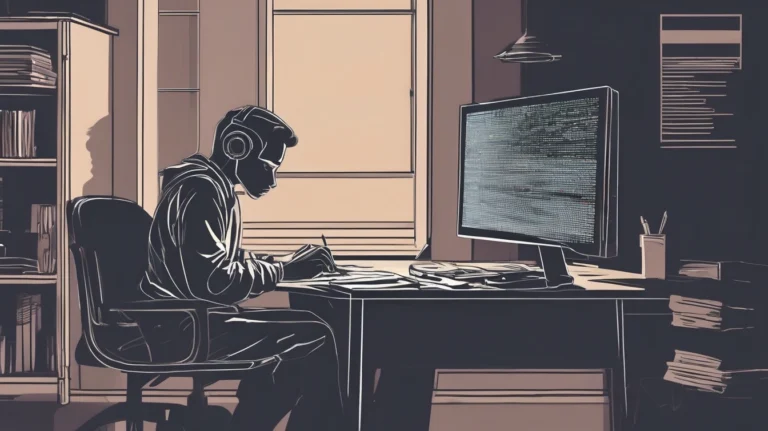
Why You Can’t Write Essays With ChatGPT Anymore.
It used to seem like the perfect shortcut. Type a few prompts into ChatGPT, get a full essay back in seconds, and turn it in. No stress, no late-night writing sessions. But today, using AI to write essays comes with a serious risk that can hurt your academic record, even if your essay looks completely original.
Hidden inside the text you copy from ChatGPT are invisible markers called watermarks. These secret traces can silently flag your work as AI-generated without you even knowing. And now, schools are scanning for these markers more aggressively than ever.
If you’re still pasting AI essays without cleaning them, you’re gambling with your academic future.
How Watermarks from ChatGPT Give You Away
When you use ChatGPT or any similar AI tool, the text it produces often contains hidden characters. These aren’t visible when you read the text normally, but software tools, like plagiarism checkers and AI detection systems, can spot them instantly.
These invisible characters are often special types of Unicode marks, like U+202F (narrow no-break space) or other formatting tricks. They don’t affect how the essay looks, but they leave a signature behind that says, “This was generated by an AI.”
That means even if you change a few words or rewrite sentences, the hidden watermark can remain, quietly tagging your work.
As Vox reported, “even if the output is edited or paraphrased, underlying structures and patterns can give away AI origins.”
In short: Your teacher or school’s AI detector may catch you without needing to read a single sentence.
Why Editing Isn’t Enough Anymore
A lot of students think they can “beat” AI detection by paraphrasing, swapping words around, or adding extra sentences.
Bad news: This strategy no longer works well.
According to the University of Florida News, researchers are creating detection systems that “don’t just check wording, but analyze hidden fingerprints embedded by AI models.” That makes casual editing nearly useless.
The hidden watermarks are embedded deep in the text’s structure. Unless you manually clean every invisible character, which is nearly impossible by hand, those traces stay in your file or submission.
Even if your essay looks 100% human to you, the AI detectors see the invisible signals, and once flagged, you could face accusations of cheating or plagiarism.
What Happens If You Get Caught?
Schools are taking AI detection seriously. If your essay gets flagged:
You might receive a zero for the assignment.
You could face an academic integrity violation on your record.
Repeated violations can lead to probation, suspension, or expulsion.
Even if you “sort of” wrote the essay yourself but started with ChatGPT help, you might still get caught because of the watermarks.
According to The Times, “many schools have updated their honor codes to explicitly ban undisclosed use of AI tools in assignments.”
It’s simply not worth the risk anymore.
The Simple Way to Protect Yourself
The good news? You don’t have to stop using AI help completely. You just need to be smart about cleaning up your work first.
GPTWipe.com offers a free, easy solution to remove invisible watermarks from your AI-generated text. Here’s how it works:
Paste or upload your essay to GPTWipe.com.
Scan the document for invisible watermarks.
Erase all hidden markers automatically.
Copy your clean, safe text back with one click, ready for editing or submission.
No subscriptions, no payments, no complicated setup. Just fast, reliable protection for your writing.
AI is a Tool, Not a Trap
Using AI to brainstorm ideas, get outlines, or draft rough sections can still be helpful. But you can’t afford to submit raw AI output anymore.
Always review your writing carefully, rewrite and personalize where needed, and, most importantly, use GPTWipe.com to clean any AI-generated text before you turn it in.
It takes just a few seconds to protect yourself from getting flagged, and it could save your grade, your reputation, and your academic future.
Don’t risk it, clean it. Visit GPTWipe.com today.